Terrariums are a great way to bring a little bit of the outdoors inside, and they’re especially well-suited for begonias. Begonias are tropical plants that thrive in humid environments, so a closed terrarium is the perfect way to create the conditions they need.
Plus, begonias come in a wide variety of colors and sizes, so you can create a truly unique and eye-catching terrarium that fits your personal style.
In this guide, we’ll walk you through the steps for creating your own begonia terrarium. We’ll cover everything you need to know, from choosing the right begonia plant and terrarium container to caring for your terrarium once it’s set up. Enjoy!
The first step in creating a begonia terrarium is to choose the begonia/s that you want to include. There are many different varieties of begonias, so consider choosing a mix of colors and sizes to create an interesting and visually appealing terrarium.
Here are a few popular options:
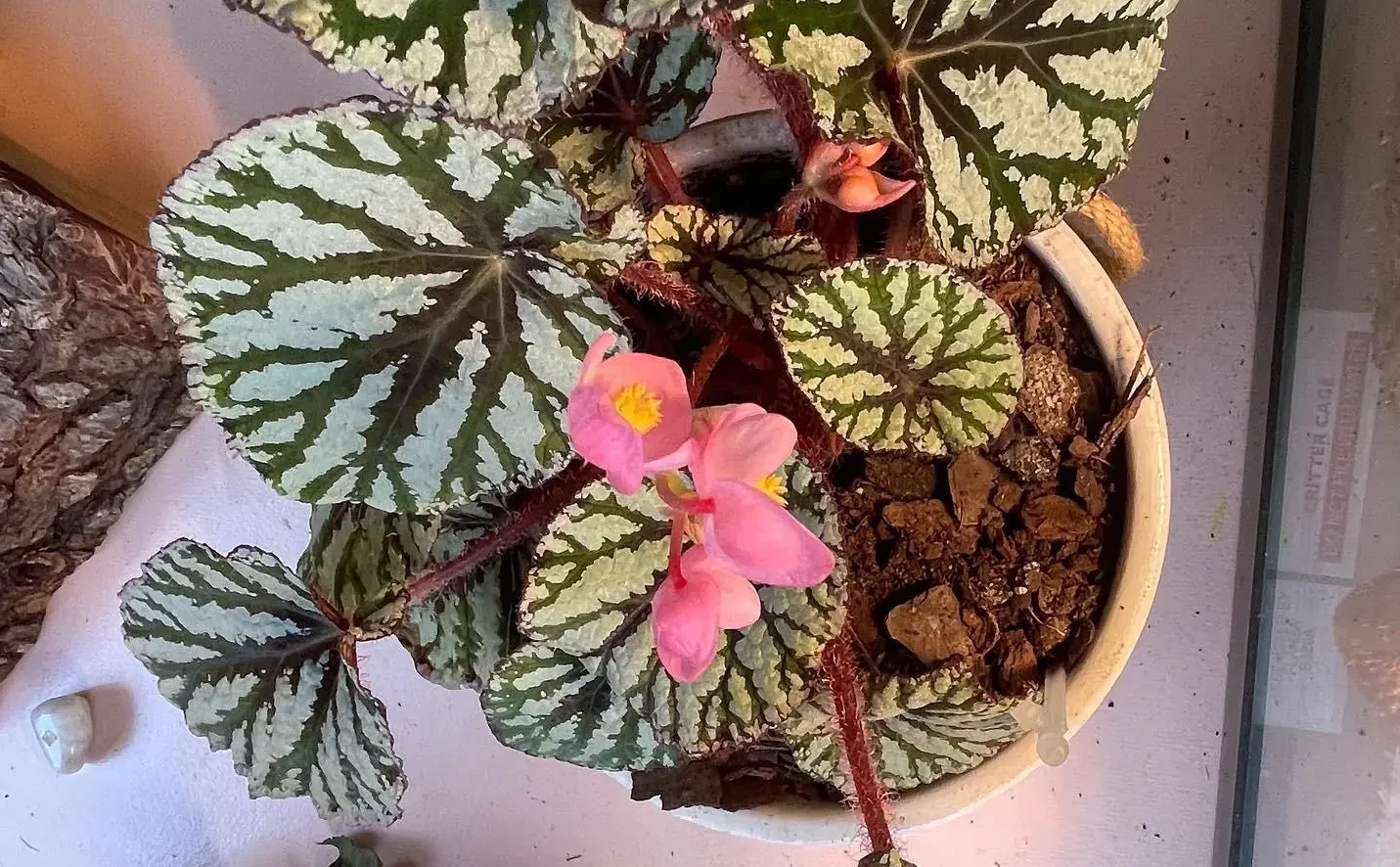
This type of begonia is known for its colorful, patterned leaves, which come in a wide range of shades and shapes. Rex begonias prefer bright, indirect light and well-draining soil, and they need to be kept evenly moist.
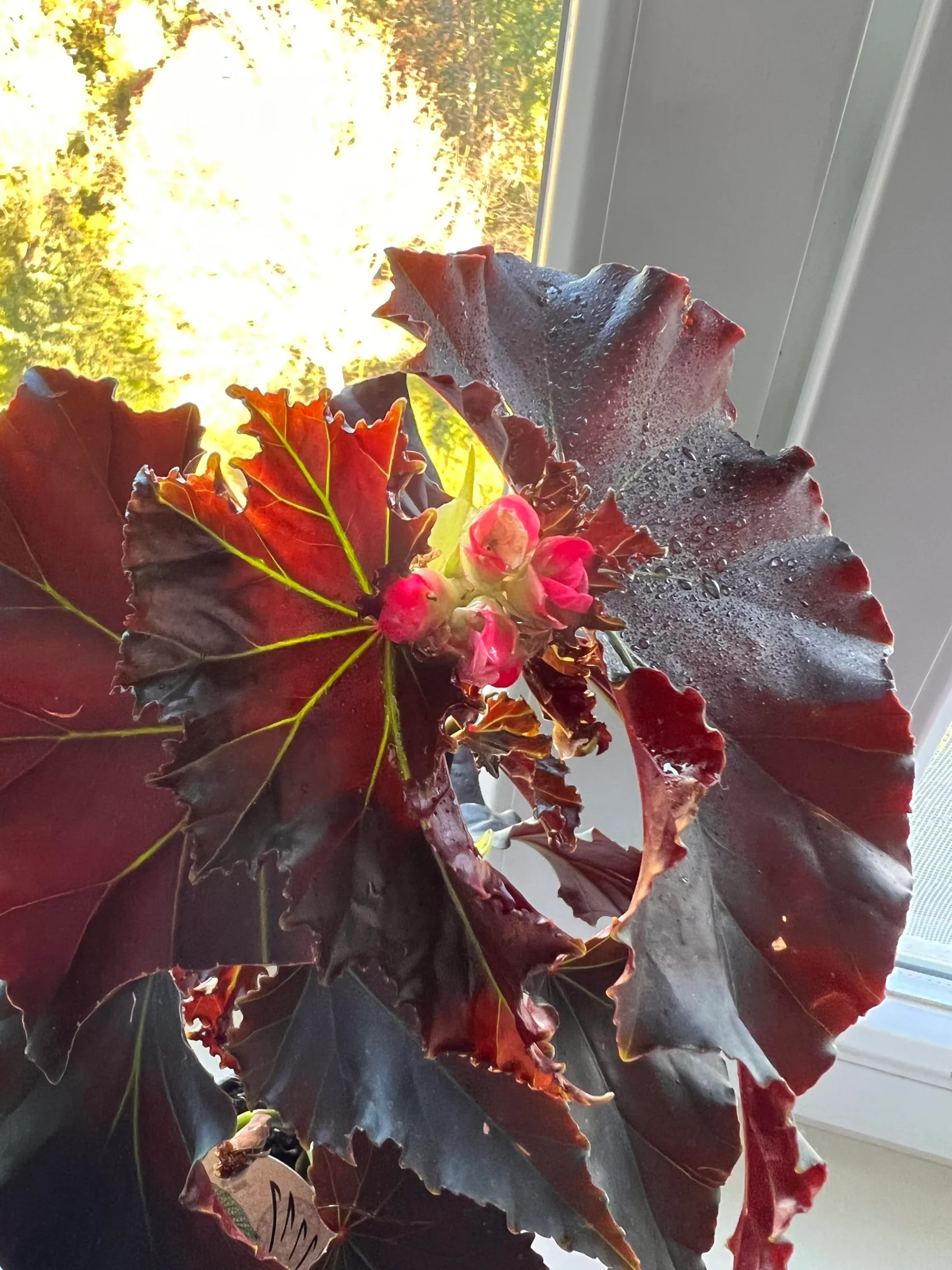
These begonias are known for their large, wing-shaped leaves and clusters of small, pink or white flowers. They prefer bright, indirect light and well-draining soil, and they need to be kept evenly moist.
Also known as wax begonias, these plants are characterized by their small, waxy leaves and clusters of small, bright flowers. They are adaptable to a range of light conditions and prefer well-draining soil.
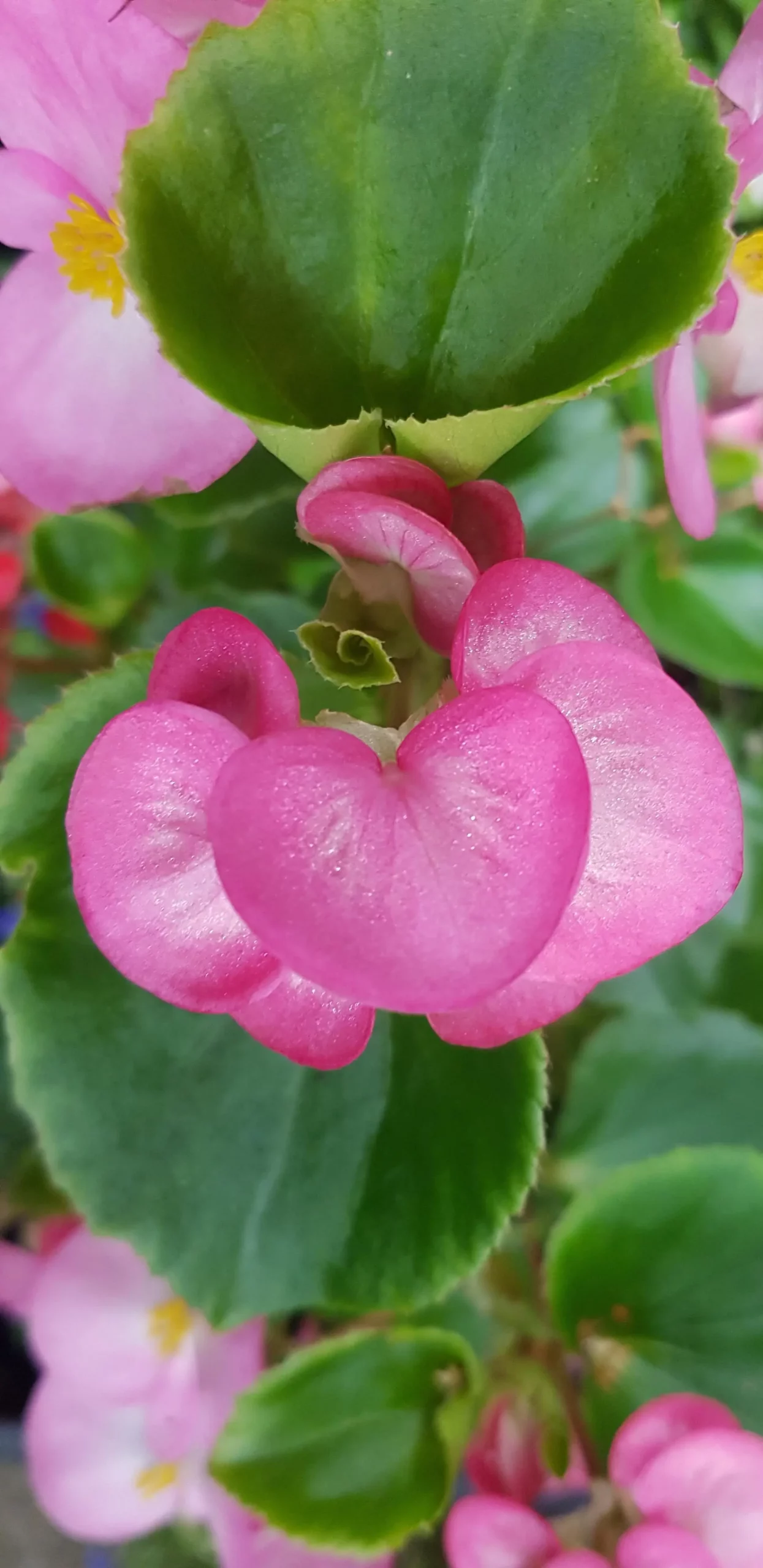
These begonias are known for their thick, fleshy rhizomes (underground stems) and large, round leaves. They prefer bright, indirect light and well-draining soil, and they need to be kept evenly moist.
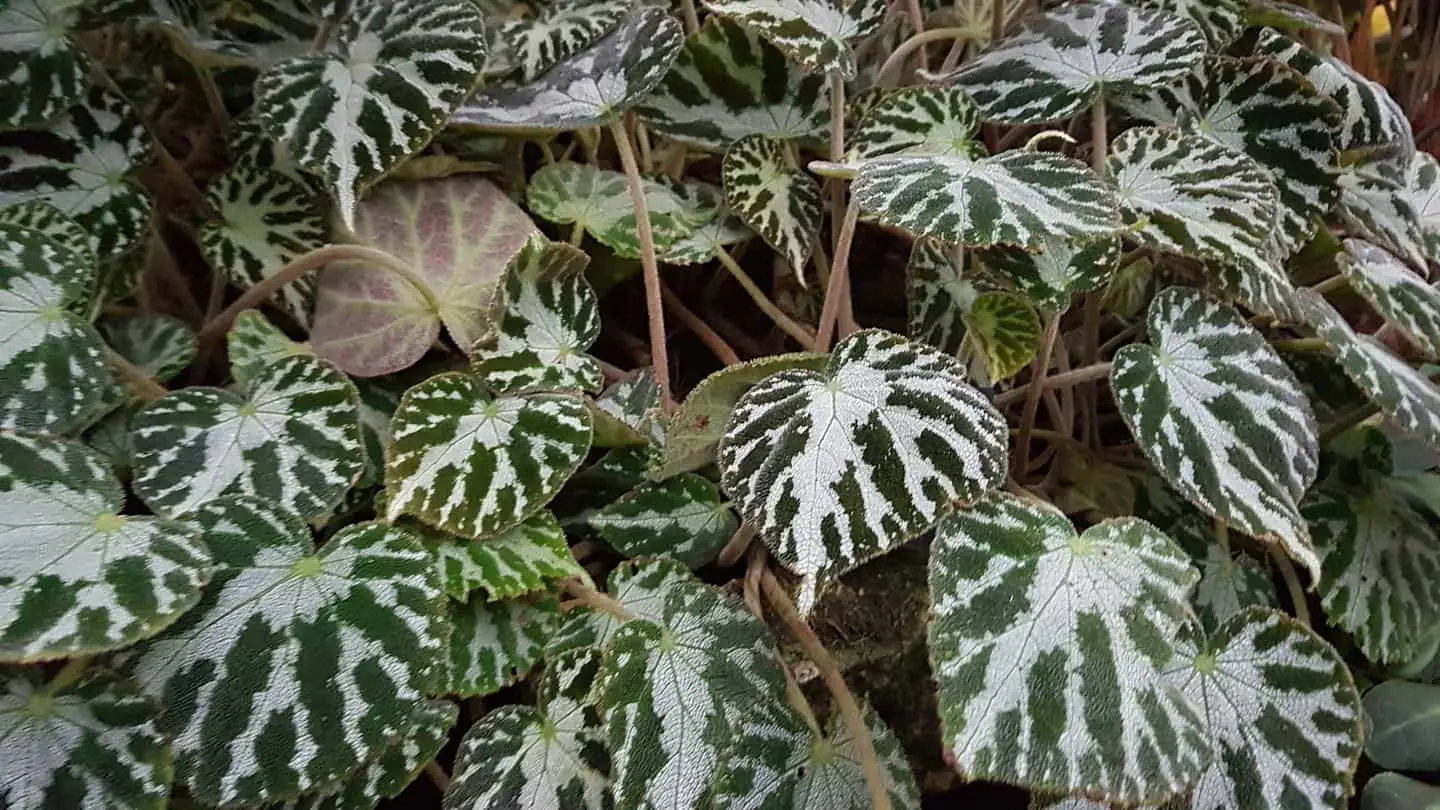
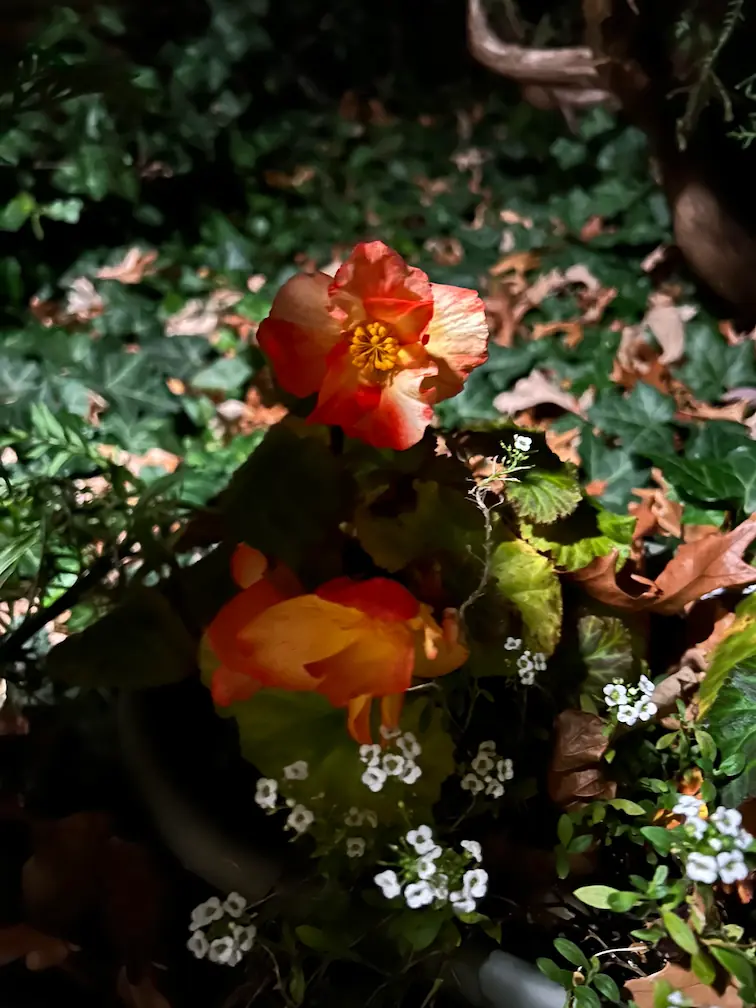
These begonias are known for their large, showy flowers, which come in a range of colors including pink, red, orange, and yellow. They prefer bright, indirect light and well-draining soil, and they need to be kept evenly moist. Tuberous begonias are usually grown as annuals, but they can be overwintered if the temperature is kept between 45-50 degrees Fahrenheit. They are a good choice for a terrarium if you want to add some bold, colorful blooms to your indoor plant display.
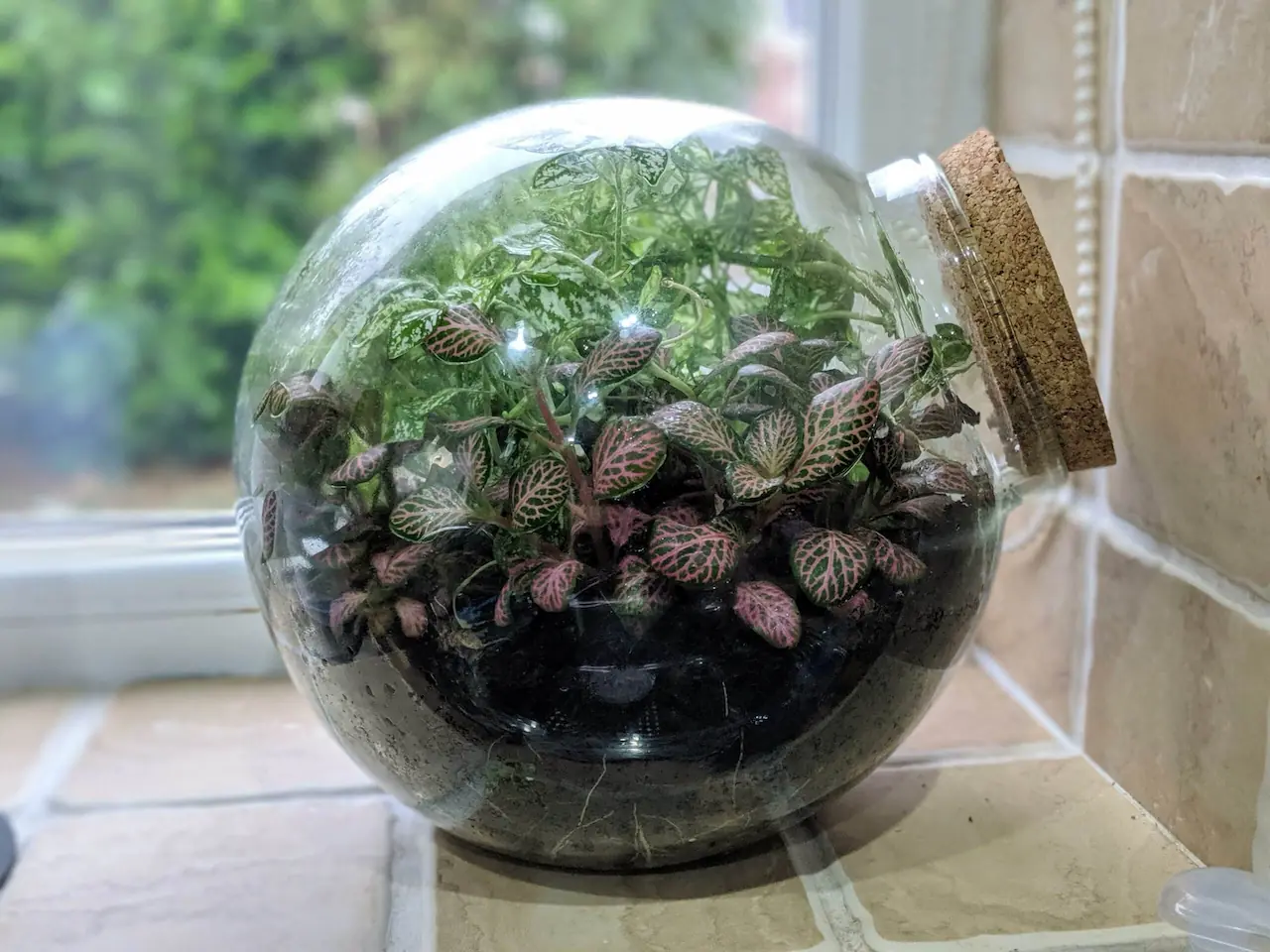
This is a small, compact plant with round, dark green leaves that are covered in small, white spots. It is a popular choice for terrariums due to its low-maintenance requirements and ability to tolerate low light levels.
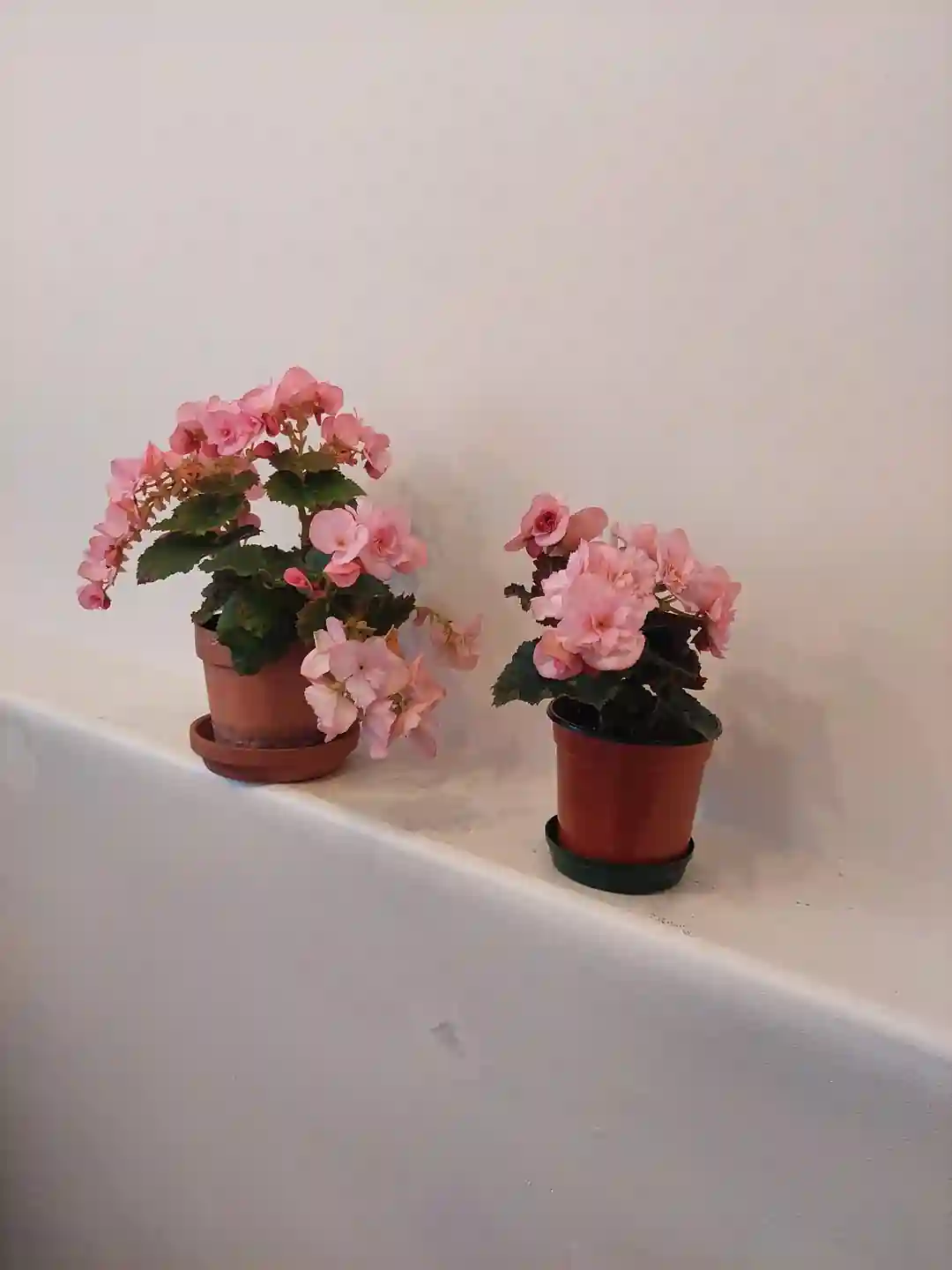
This is a popular garden plant that is often used in terrariums due to its low-maintenance requirements and ability to tolerate low light levels. It has small, glossy leaves and clusters of small, white, pink, or red flowers.
To create a begonia terrarium, you will need the following materials:
Once you have gathered your materials, it’s time to prepare the terrarium.
Begin by adding a layer of small rocks or gravel to the bottom of the jar or container as a drainage layer This will help to drain excess water and prevent the soil from becoming waterlogged.
You may also add a layer of activated carbon or charcoal on top of the rocks to filter the air and keep the terrarium clean, though it is completely optional.
Next, add a layer of potting soil to the jar or container, followed by a layer of peat moss or coconut coir. Mix the soil and peat moss together to create a well-draining, moist environment for the begonias.
Once the soil is in place, it’s time to plant the begonias. Gently remove the begonias from their pots and loosen the roots before planting them in the soil. If you’re planting multiple, be sure to leave enough space between the plants to allow for proper growth.
Moss and ferns can be great supplementary plants for a begonia terrarium because they can add visual interest and contrast to the terrarium. They can also help to create a more humid, tropical environment for the begonia plant.
Mosses are small, low-growing plants that often have a velvety or spongy texture and come in a variety of colors, including green, yellow, and brown. They are relatively easy to care for and can be used to cover the soil in the terrarium or to create a soft, natural-looking ground cover
Ferns, on the other hand, are larger plants with delicate, feathery leaves and are often used as accent plants in terrariums. They thrive in humid environments and can add a touch of greenery to the terrarium. Just be sure to keep an eye on the moisture levels in the terrarium and water the ferns and mosses as needed to prevent them from drying out.
After planting the begonias, water the terrarium using a watering can or spray bottle. Be sure to water the plants thoroughly, but avoid overwatering, as this can cause the soil to become waterlogged.
Springtails can be a great addition to a begonia terrarium because they can help to maintain the health of the terrarium ecosystem. These small, insect-like creatures are harmless to plants and their primary role is to break down dead organic matter.
This helps to keep the terrarium clean and free of excess debris, which can help to prevent the build-up of mold (which is sure to destroy a terrarium). Springtails can also help to aerate the soil in the terrarium, which can be beneficial for the begonia plant.
Some also people find that the presence of springtails can be aesthetically pleasing, as they can add movement and life to the terrarium.
Once the begonias are planted and watered, close the lid. Place the terrarium in a bright, indirect light source: Begonias prefer bright, indirect light, so be sure to place the terrarium in a location that receives plenty of light. Avoid placing the terrarium in direct sunlight, as this can cause the plants to become overheated.
In conclusion, begonia terrariums are a great way to bring a touch of the outdoors inside and create the perfect environment for begonias to thrive. By following the steps outlined in this guide, you can create your own unique begonia terrarium that fits your personal style and complements your home.
Begonias come in a wide variety of colors and sizes, so you can choose the plants that best suit your preferences and create a beautiful, low-maintenance display. Additionally, supplementary plants like moss and ferns can add visual interest and help to create a more humid, tropical environment for the begonias.
With proper care and attention, your begonia terrarium can be a stunning addition to your home for years to come.